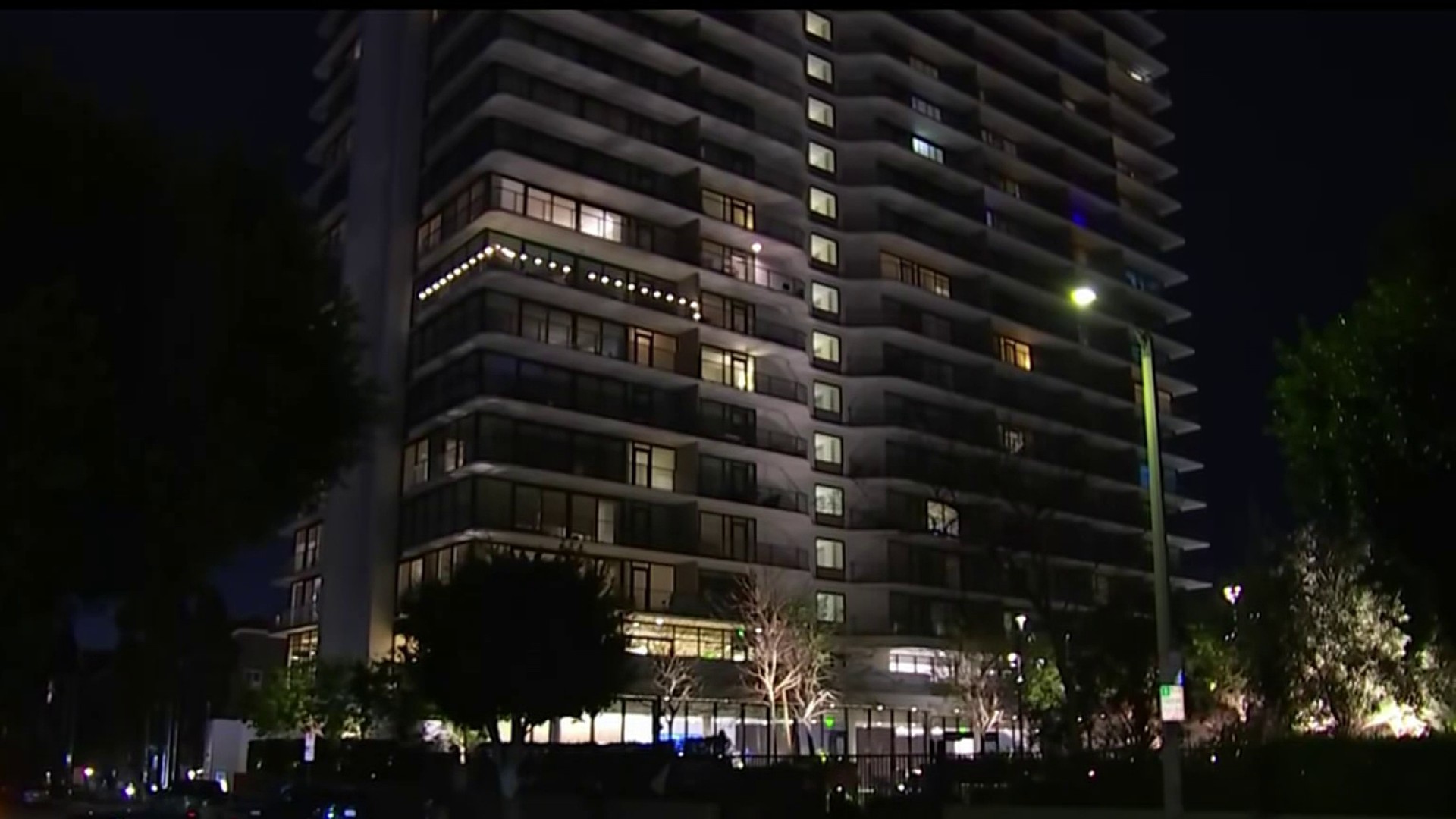A series of "gaps" in safety systems, along with violations of the company's own safety standards, led to the February 2015 explosion at the then-ExxonMobil refinery in Torrance that injured four people, according to a report released Wednesday by the U.S. Chemical Safety Board.
The report also confirmed that the explosion nearly resulted in the rupture of a tank storing thousands of pounds of toxic hydroflouric acid. Officials with ExxonMobil, however, disputed that there was ever a threat of a hydroflouric acid release "or risk of harm to the community."
The refinery is now owned by PBF Energy.
"This explosion and near miss should not have happened, and likely would not have happened, had a more robust process safety management system been in place," said Vanessa Allen Sutherland, chair of the CSB. "The CSB's report concludes that the unit was operating without proper procedures."
The CSB does not issue any citations, but the report makes a series of recommendations for improving safety at the facility.
The explosion occurred on Feb. 18, 2015, and led state regulators to issue 19 citations against ExxonMobil.
The CSB report largely confirmed earlier probes into the cause of the blast, concluding that "slide valve" malfunctioned in the refinery's fluid catalytic cracking unit, or FCC, causing hydrocarbons to leak into the "air side" of the unit, creating an explosive mix.
News
Top news of the day
"The incident occurred when ExxonMobil was attempting to isolate equipment for maintenance while the unit was in an idled mode of operation; preparations for the maintenance activity caused a pressure deviation that allowed hydrocarbons to backflow through the process and ignite in the ESP (electrostatic precipitator)," according to the report.
"The CSB found that this incident occurred due to weaknesses in the ExxonMobile Torrance refinery's process safety management system," according to the report. "These weaknesses led to operation of the FCC unit without pre-established safe operating limits and criteria for unit shutdown, reliance on safeguards that ccould not be verified, the degradation of a safety-critical safeguard and the re-use of a previous procedure deviation without a sufficient hazard analysis that confirmed that the assumed process conditions were still valid."
The report also notes that debris from the blast nearly struck tanks storing hydroflouric acid, "a highly toxic chemical that can seriously injure or cause death at a concentration of 30 parts per million."
CSB investigators said ExxonMobil officials "resisted" providing safety information regarding the potential for an acid release during the blast, and the company "continues to refuse to provide the CSB with information detailing safeguards to prevent or mitigate a release of (hydroflouric acid)."
CSB officials have issued subpoenas for the information, "and is pursuing enforcement in U.S. federal district court," according to the report.
According to ExxonMobil, however, "there was no evidence the Feb. 18 incident posed any risk to the modified hydroflouric acid alkylation unit or risk of harm to the community. There was no loss of containment in the alkylation unit, it was neither associated with nor damaged in the Feb. 18 incident, and all safety systems and procedures operated as designed."
The company also disputed allegations that it has not cooperated with the CSB or withheld information.
"We stand on our record of good faith cooperation with the CSB and value our working relationship," according to ExxonMobil. "We offered to make additional documents available if the CSB could provide a sufficient basis for the documents and agreed to respect commercial confidentiality, which they have not done."
Company officials said they met with CSB investigators, "and our cooperation is evident" in the report.
"ExxonMobil deeply regrets the Feb. 18, 2015, incident at the Torrance refinery. We are thankful that no one was seriously hurt and wish to express our appreciation to city officials and community partners, the Torrance Fire Department and the Torrance Police Department for their dedication in ensuring the safety of the community.
"We are confident that we understand the cause of the Feb. 18 incident and have worked cooperatively with the Chemical Safety Board and staff to fully understand their findings and recommendations to improve the safety of operations," according to ExxonMobil.
Sutherland said there are "valuable lessons to be learned and applied at this refinery, and to all refineries in the U.S."
"Keeping our refineries operating safety is critical to the well-being of the employees and surrounding communities, as well as to the economy," she said.
Some Torrance residents, along with the Los Angeles County Board of Supervisors, have been pushing for the refinery to phase out the use of hydroflouric acid at the facility. Residents and local air-quality regulators have also expressed concern over a series of recent "flaring" incidents at the refinery.
Another small explosion and fire occurred at the refinery on Feb. 18 of this year, but nobody was injured.
PBF Energy spokesman Michael Karlovich said the company has already implemented several of the safety measures recommended in the report and will complete two studies this year addressing others.
"In addition, as part of our commitment to operating safely, reliably and in an environmentally responsible manner, we are investing more than $100 million in a maintenance turnaround at Torrance to improve the refinery's operational reliability," he said. "We are also pursuing an electrical power reliability project with Southern California Edison that will benefit both the refinery and community."



